Last Saturday, I attended a garden photography workshop hosted by Modeste Herwig at the Botanical Gardens in Utrecht. The weather forecast for the weekend didn’t look very promising. Fortunately, it didn’t turn out as bad as predicted. So I spend most of my day outside, in a beautiful garden, doing what I love to do most: photographing flowers.
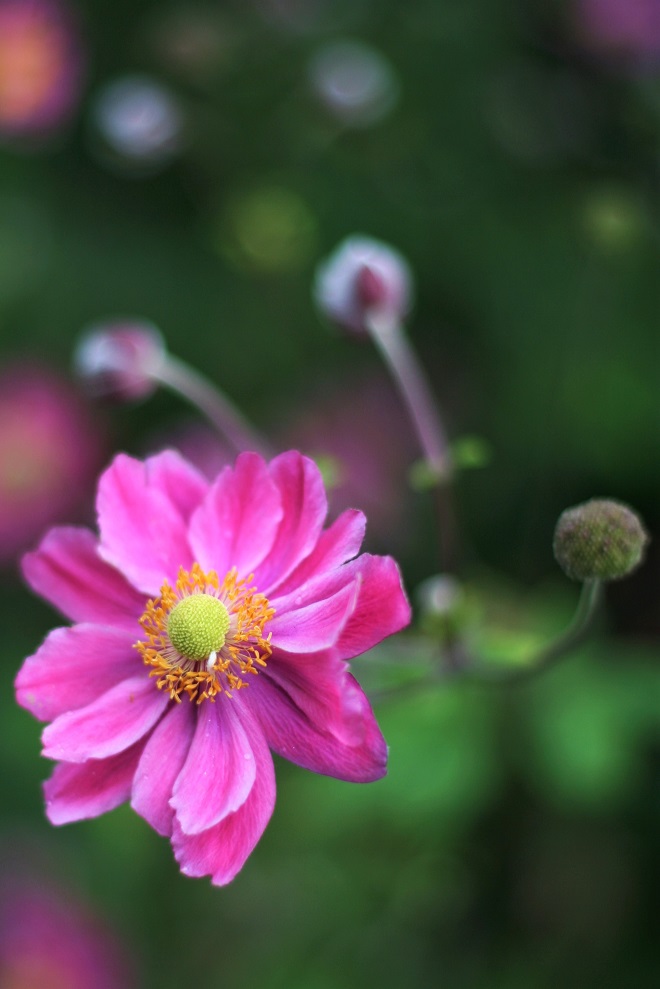
If you are reading this blog, you must be a flower lover and/or a gardener. I know some of you like taking photographs of the things you love, often involving flowers, to post on Instagram. And if you are anything like me, you are always looking to improve your photography skills. So I thought I’d share what I learned about garden photography from the professional photographer and garden enthusiast Modeste Herwig.
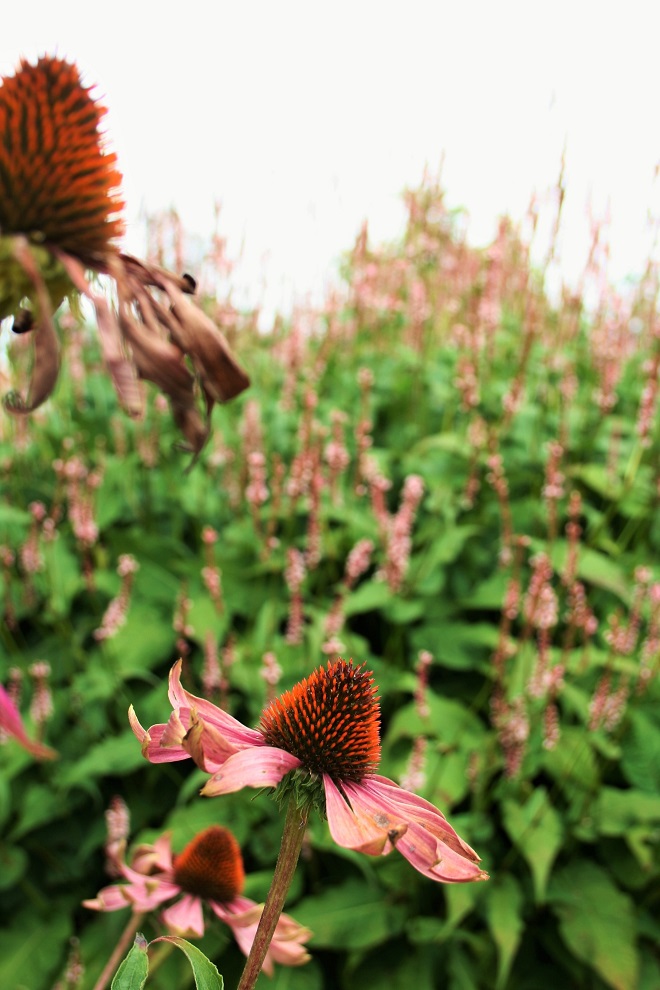
The location
The garden photography workshop took place at the 9 ha site of the Utrecht University Botanic Gardens. The botanical garden was established in 1639 for the education of medicine students. It used to be located on a canal in the old city centre of Utrecht but moved to the edge of the city along with most of the university buildings in the 1960’s. You can see the university’s high-rise buildings in the background of some of my pictures. The garden is a green oasis between the University Campus, the academic hospital and the junction of two busy highways. It’s a beautiful garden with a large rock garden, a greenhouse with tropical butterflies and lots of activities for kids. Well worth a visit!
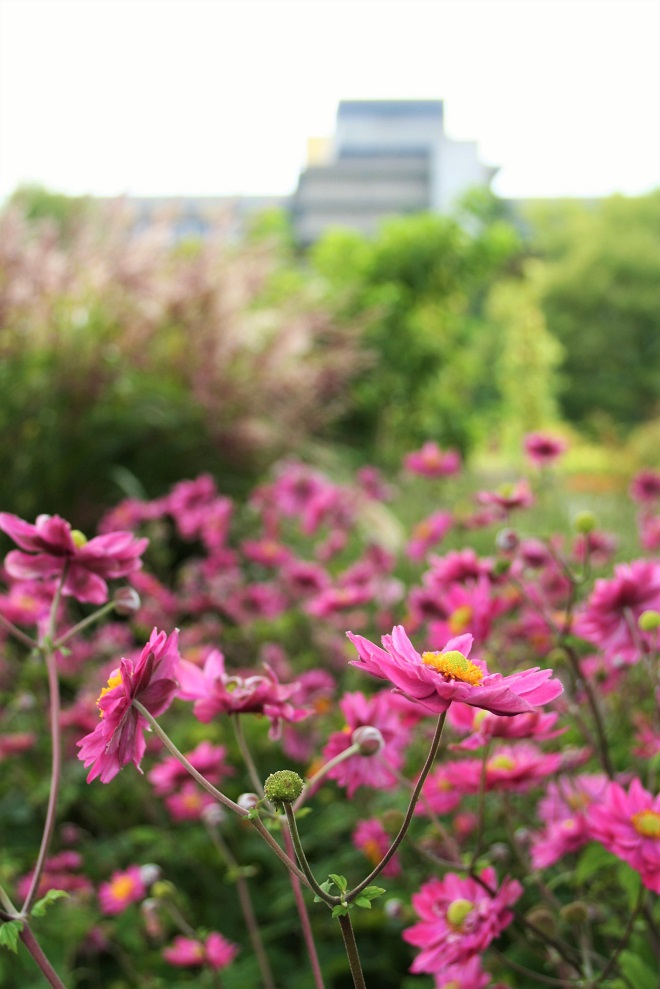
The teacher
Modeste Herwig is a garden photographer and author of many garden books. She comes from a family of plantsmen, both her father and grandfather were garden book authors. She started her work in the model gardens of her father. She now works for numerous magazines both writing and illustrating stories on garden plants and design and gives workshops on garden design and garden photography. On her website, you will find a garden picture library with 40.000 garden and flower pictures! If you are looking for an image of a flower or a plant, I’m sure you will find it here.
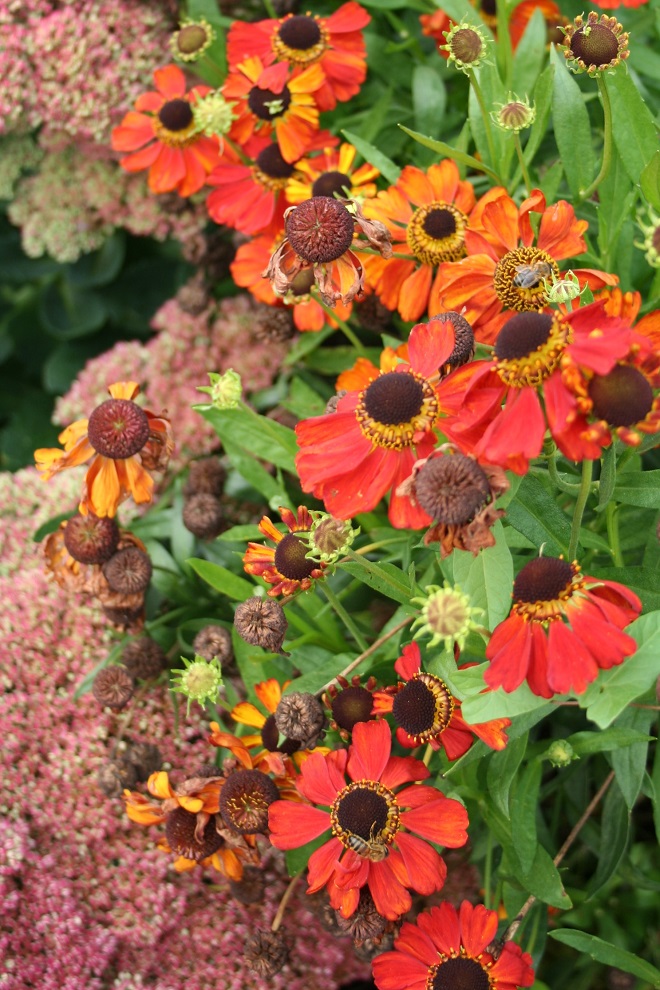
The assignment
We started our workshop with a slideshow by Modeste with the most beautiful garden photography, not only by her but also by other well-known garden photographers like Marijke Heuff and Marianne Majerus. She told us a little about composition, the rule of thirds, background, exposure, aperture, shutter speed, ISO, etc. I am not going to give you an extensive explanation about the technical stuff, there are many websites on this subject. The most important thing you should know is, that as soon as you want to become a better photographer, you have to take your camera off auto. Modeste Herwig even uses manual focus instead of auto focus, to be in complete control over her photo. I never use manual focus, I trust the camera to do this for me.
After seeing all these beautiful images, we were sent into the garden to make our own. The assignment was to think of a theme, could be a particular plant, a part of the garden, or even a colour, and take a series of photos telling the story of this plant or garden with a maximum of 8 images in total. I chose the part of the garden designed by Piet Oudolf.
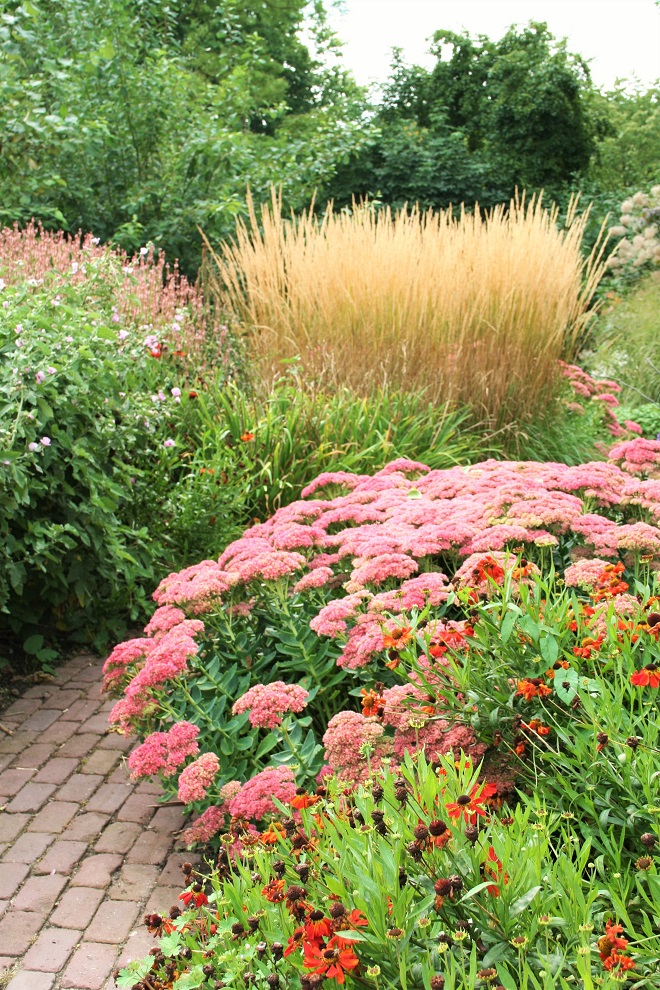
Piet Oudolf
Piet Oudolf is a renowned Dutch garden and landscape designer. He is known for his designs for the High Line in New York City and Millenium Park in Chicago, I’d love to visit! Thousands of gardeners from around the world come to visit his private garden in Hummelo, so I think it’s pretty amazing to have a garden designed by him so close to my home.
Piet Oudolf is a leading figure of the New Perennial movement of naturalistic design, using plants chosen for their form and structure rather than just their colour. His designs are filled with perennials and grasses that require little maintenance. According to him, an ideal plant is one that is both beautiful and robust, performing reliably with very little input from the gardener. Plants should also look interesting after blooming, going to seed, that means no deadheading!
I could write a whole blog post about him, and I am planning to do so one day, but for now I will just share a short video and leave it at that.
5 things I learned about garden photography
I had a wonderful day and I’m really pleased with the result of my photo shoot, what do you think? Besides having fun and enjoying a day out, I also learned a lot. Here are the 5 things I learned about garden photography from Modeste Herwig.
- Your own garden is the best place to practice your photography skills. Photography is all about light, finding the right light. In your own garden, you can take pictures at the right time, with the best light. Bright direct sunlight isn’t usually the best light for photography, colours will look washed out and shadows will be too dark. Instead, shoot on an overcast day, when clouds do a good job of diffusing light. Or photograph during the golden hour, the period shortly after sunrise or before sunset during which daylight is softer. Professional garden photographers often sleep in their car close to the garden they want to photograph to catch the first rays of sunlight. At least when photographing your own garden, you can sleep in your own bed.
- Slow down, walk around the garden and look before taking the first picture.
- Challenge yourself. Instead of just taking pictures of pretty flowers, I know I’m guilty of that, you might want to challenge yourself by giving yourself an assignment. Make a plant portrait by taking pictures of the plant from different angles. Get down on the ground and photograph the flower from below, take pictures of leafs and seeds.
- Start with a long shot to get an overview of the garden, zoom in a little and then take close ups or macro photographs.
- The right equipment does make a difference. At the end of the workshop, we were all wowed by the photographs one of the students made with a macro lens. I don’t have one, macro lenses are very expensive and I’m still saving up. Modeste always uses a tripod and a wired remote to take pictures without touching the shutter release button. In macro photography camera stability is essential in achieving a sharp image. I used a tripod and the self-timer on my camera for the pictures you see here.
I hope I have given you some inspiration for your own photography. If you have the opportunity to attend a garden photography workshop, I can highly recommend it. If you want even more inspiration, have a look at these books (affiliate link):[bol_product_links block_id=”bol_55f96906625a8_selected-products” products=”9200000036134902,9200000036272298″ name=”garden photography” sub_id=”” link_color=”003399″ subtitle_color=”000000″ pricetype_color=”000000″ price_color=”CC3300″ deliverytime_color=”009900″ background_color=”FFFFFF” border_color=”D2D2D2″ width=”630″ cols=”2″ show_bol_logo=”undefined” show_price=”1″ show_rating=”1″ show_deliverytime=”1″ link_target=”1″ image_size=”1″ admin_preview=”1″]

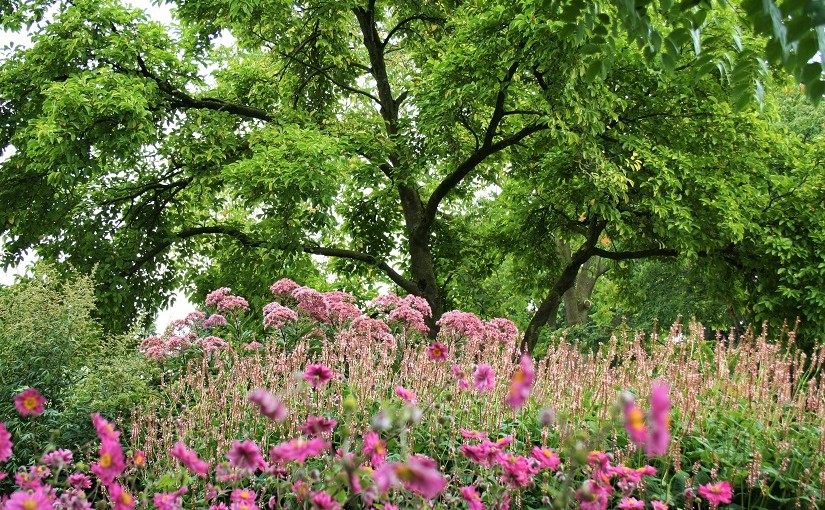
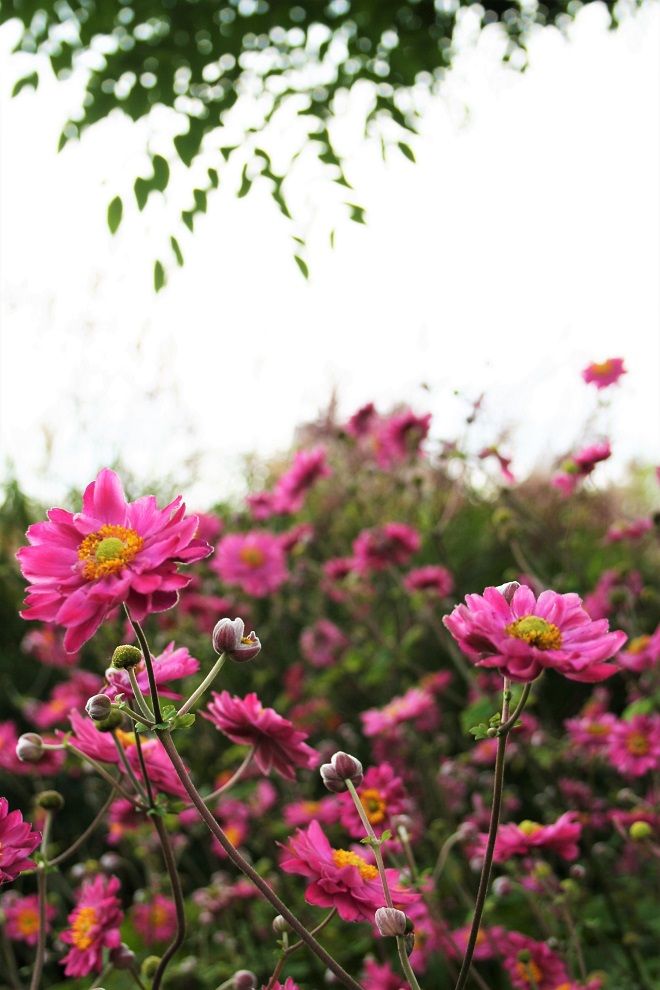
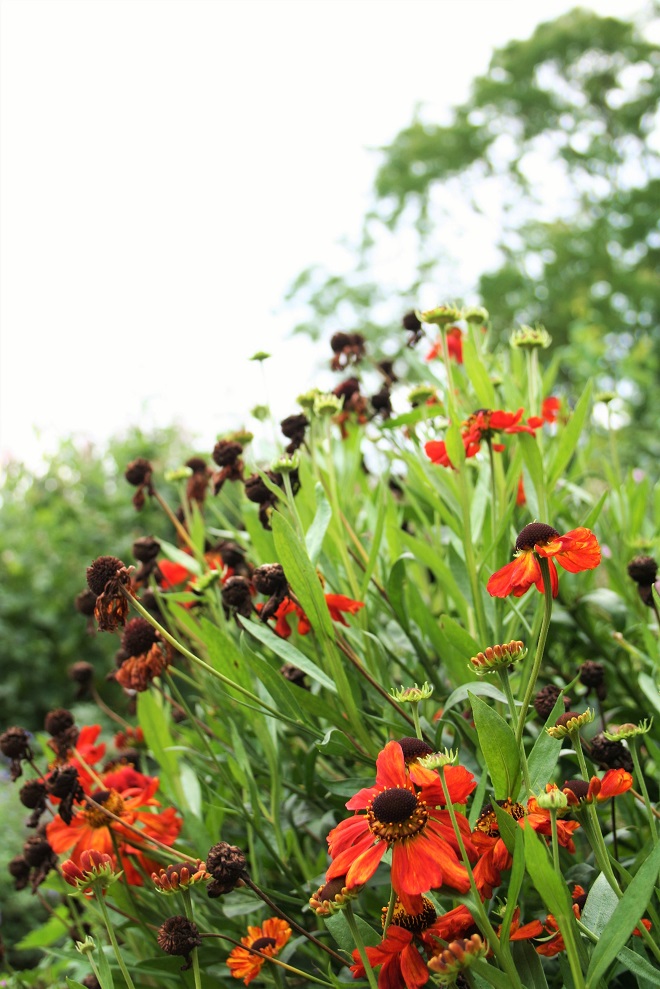

Beautiful images Pauline – I can see why you chose the Garden designed by Piet Oudluf – I love his approach and thoughtfulness in the landscapes he has created.
I love to photograph my own garden, and I also enjoy getting out and capturing other gardens as well. But I do agree that your own garden is the best place to practice photographing flowers. There is so much you can learn from observing one place for a long period of time – light conditions, the weather, the cyclic nature of the plants grown, wildlife, and well, like you said, if you want to capture the first light of day, you don’t have to sleep in your car!
Thank you, June! I love your garden photography too. It is obvious from your pictures that you love flowers and your garden. It’s a great hobby I think, being outdoors, being in touch with nature. I hope to never get tired of it!
I don’t think you have much to learn – your flower portraits are exquisite and original.
You may have already acquired a macro lens, but if you haven’t, there is a way of resting your camera lens onto an empty jam jar and photograph something lying inside the jar. I don’t have a macro lens for my D-SLR camera either but you can still do close-ups by cropping.
Thank you! You really are too kind. I know I can take a pretty picture but I still have a lot to learn. I don’t have a macro lens, it is on my wish list. I will have a try with a jam jar. Thanks for the tip!